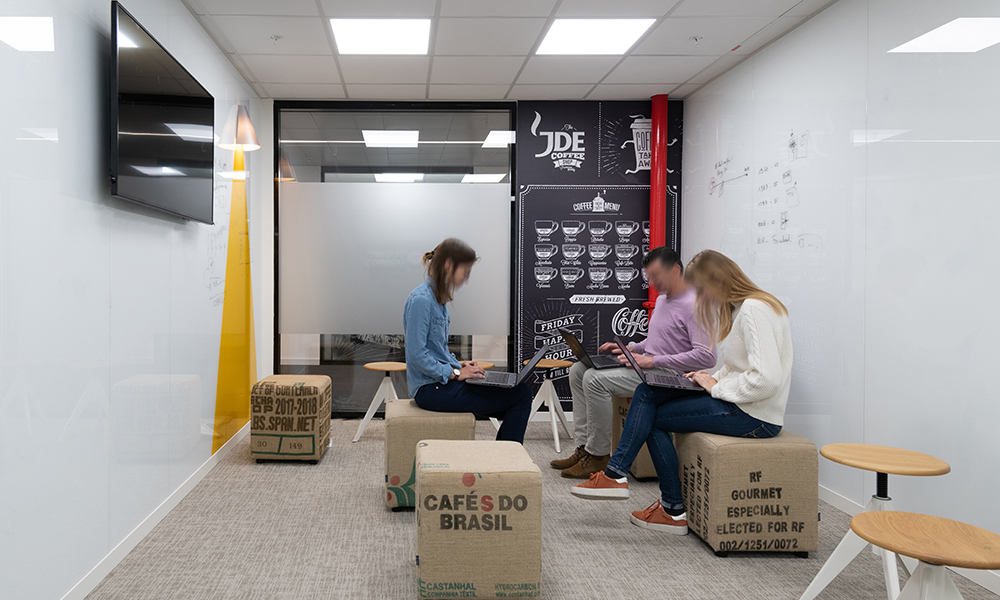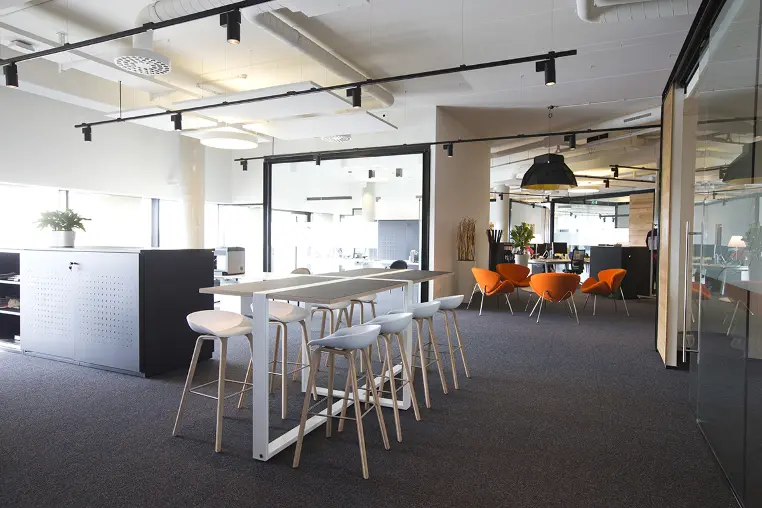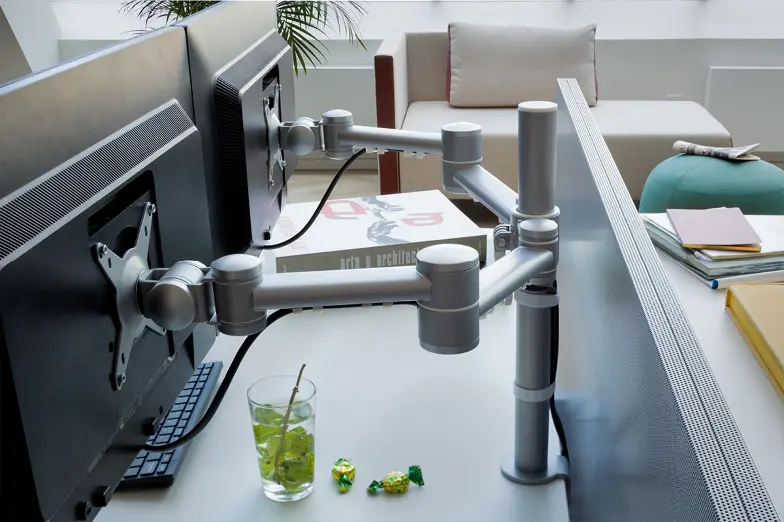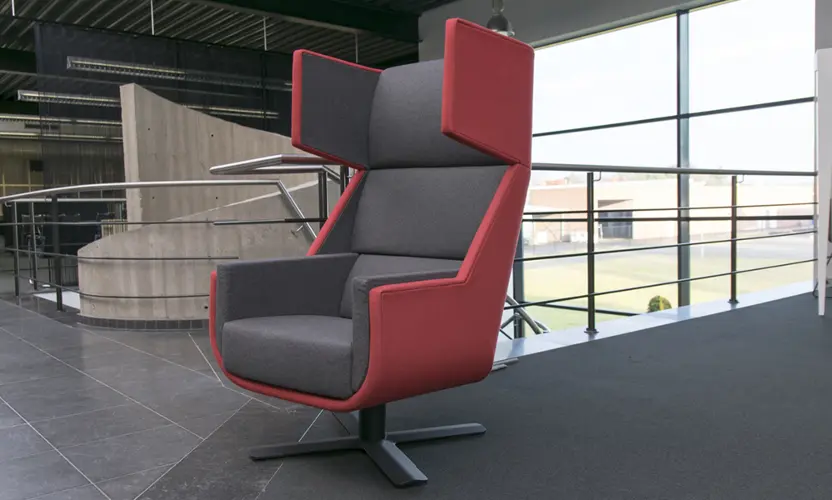
The dimensions of the new work paradigm
03/05/2023
Companies are increasingly restructuring their way of working in favour of hybrid alternatives. This new approach creates interesting dynamics between individuals, organisations, technology and the working environment. However, it also constitutes quite a challenge. The white paper “The 7 dynamics of the new work paradigm” presented by Capgemini Invent and Cushman & Wakefield explores these unique dimensions. This blog takes a closer look at some of their insights.
The importance of purpose
Not only has the way in which we work evolved, so has our labour force. Mental well-being and a good work/life balance have become increasingly important, and financial gains are no longer the most important incentive. Employees want a sense of purpose. They want to feel that their activities contribute to the achievement of meaningful goals. It is the task of their employer to support them in this, and show them how their efforts contribute to the company's objectives, both directly and indirectly. This boosts both their motivation and their productivity.
The demand for personalised experiences
The perks of working from home experienced by so many has exposed quite a few shortcomings in the typical office environment. It is no longer enough to provide employees with a working experience that can be rated as merely ‘average’. There is also a demand for a more personalised work experience. Designing a good workspace starts with assessing the needs of your employees, in which the concept of human centricity is key.
Not only strictly work-related needs, but many other aspects must be taken into consideration. Thought should, of course, be given to some of the more obvious elements, such as a hygienic environment with a good quality of air and temperature control, and good catering facilities. On top of that, a working environment should be inspiring, stimulating and contribute to social interaction among co-workers. Of course, all of this must be done with different types of employees and teams in mind. After all, not every employee or team will benefit from the same workspace design.
A sense of belonging
Hybrid working has also resulted in digital communication becoming the standard. Consequently, there may be fewer opportunities for spontaneous, physical interaction, and a weakening of our sense of belonging. This applies to both our relationship with our company and with our co-workers. If we fail to respond to this development appropriately, this can lead to diminishing the efficiency of teamwork and reduced productivity. In addition to individual workstations, it is therefore beneficial to offer your employees an environment that supports both formal and informal group interaction. Provide your employees with meeting places where they can meet catch up on the latest news, or environments that allow and encourage smooth collaboration and inspiring brainstorming sessions.
The challenge when designing a working environment is therefore to strike the right balance between the diverse needs of individuals, teams and the organisation. The result is a sum of all parts that clearly reflects and supports the company values.
As workspace designers, we are happy to help you with this. Contact us today for more information or an informal introductory meeting, entirely free of obligation.



